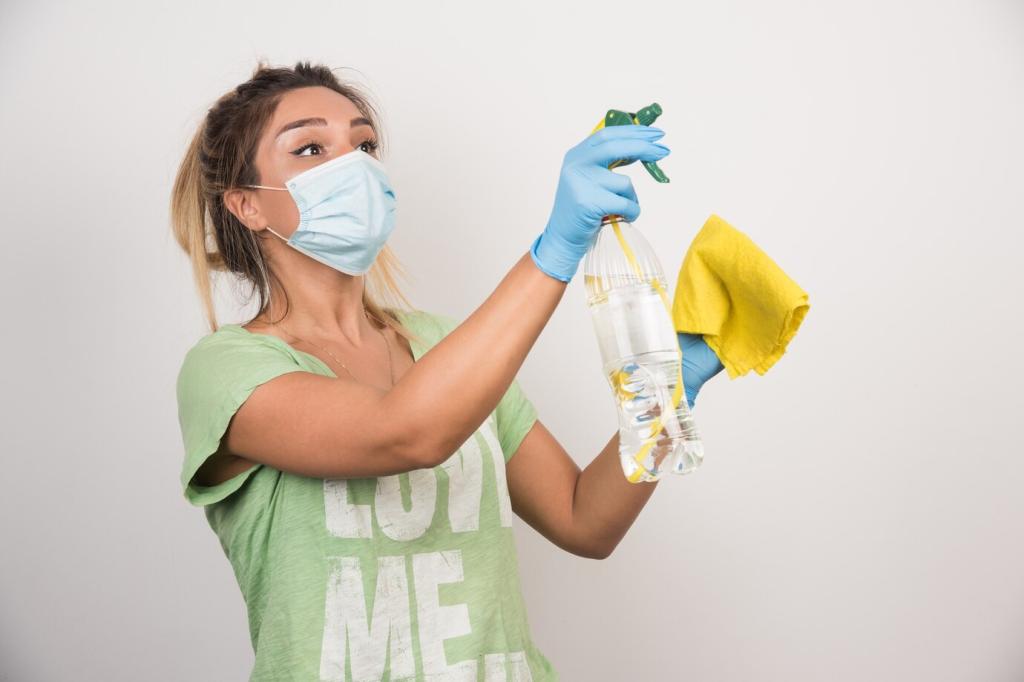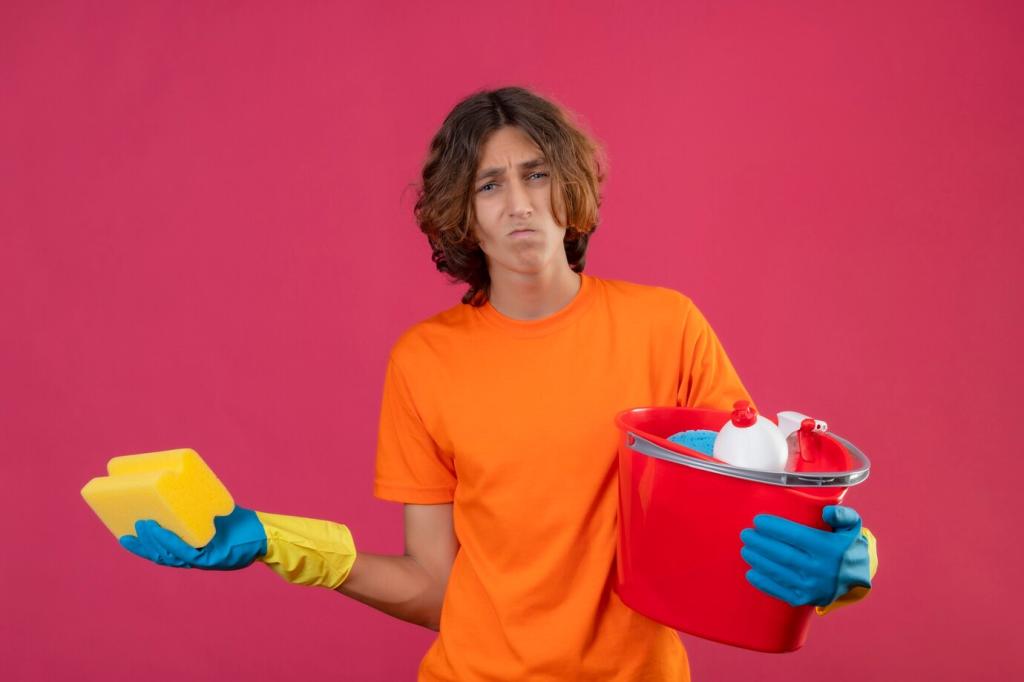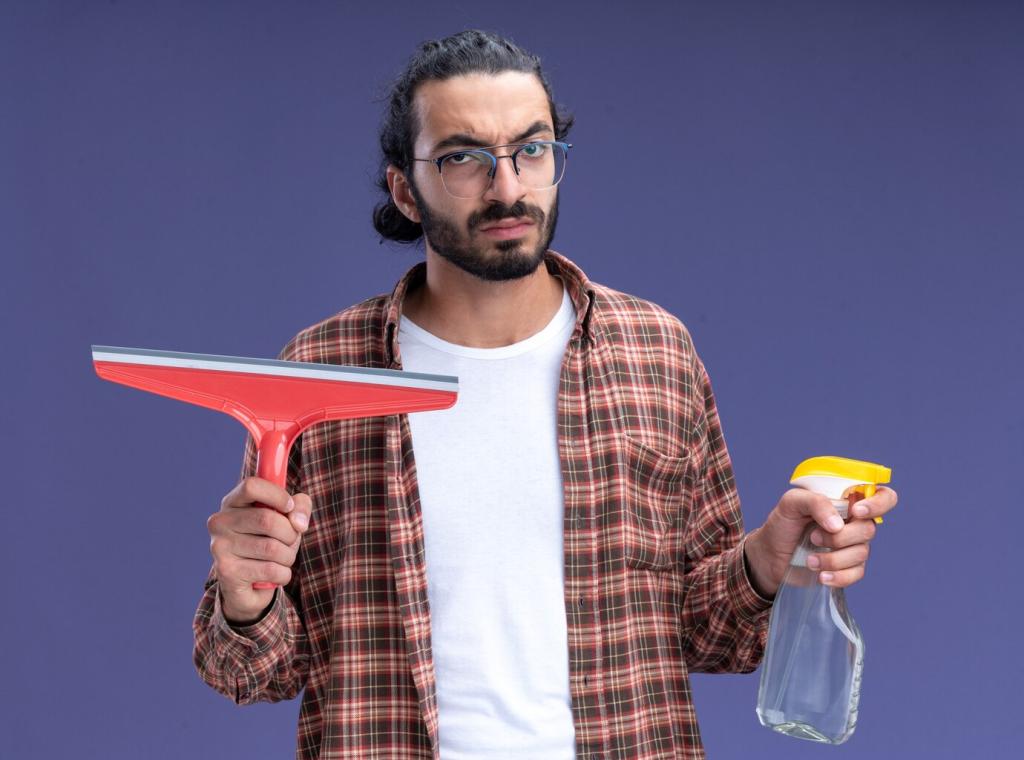Know Your Fabric Fast
Before any remedy touches your couch, dab the solution on a hidden seam and wait a minute. Color transfer or fuzzing means stop immediately. This thirty-second habit prevents bigger disasters and keeps quick fixes truly quick.
Know Your Fabric Fast
Fabric tags save time. W means water-based cleaners, S means solvent only, WS allows both, and X means vacuum only. Snap a photo of the tag and keep it handy whenever spills surprise your evening.







